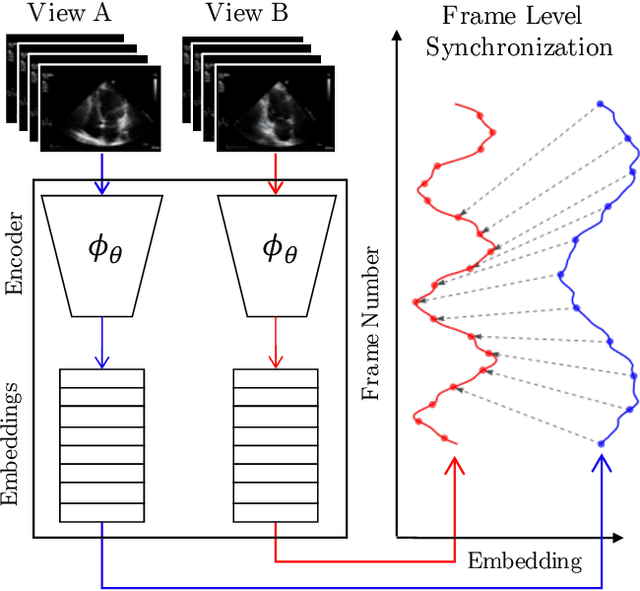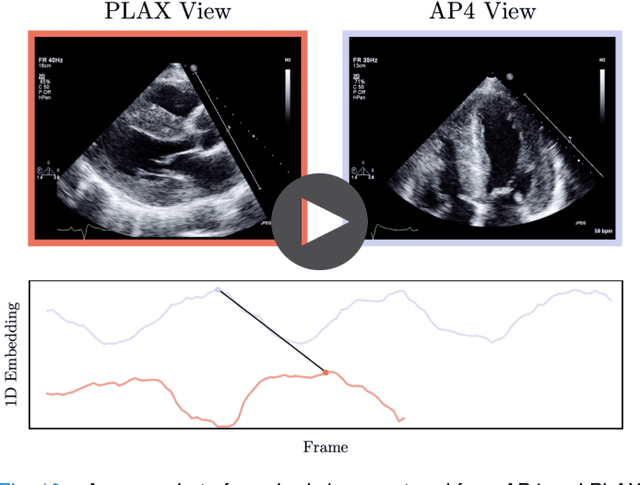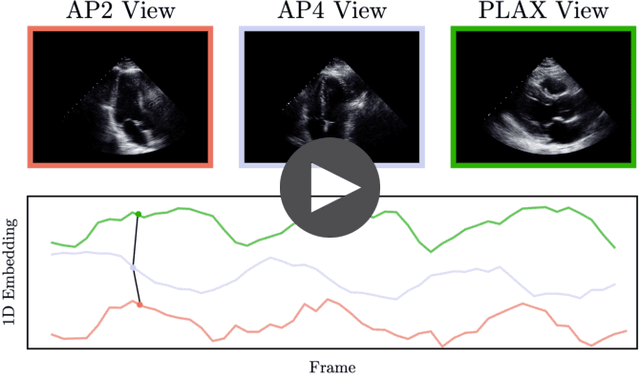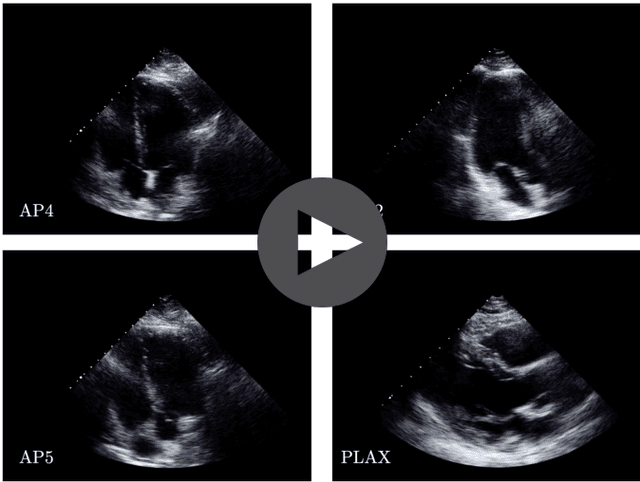Tom Ginsberg
A Learning Based Hypothesis Test for Harmful Covariate Shift
Dec 07, 2022Abstract:The ability to quickly and accurately identify covariate shift at test time is a critical and often overlooked component of safe machine learning systems deployed in high-risk domains. While methods exist for detecting when predictions should not be made on out-of-distribution test examples, identifying distributional level differences between training and test time can help determine when a model should be removed from the deployment setting and retrained. In this work, we define harmful covariate shift (HCS) as a change in distribution that may weaken the generalization of a predictive model. To detect HCS, we use the discordance between an ensemble of classifiers trained to agree on training data and disagree on test data. We derive a loss function for training this ensemble and show that the disagreement rate and entropy represent powerful discriminative statistics for HCS. Empirically, we demonstrate the ability of our method to detect harmful covariate shift with statistical certainty on a variety of high-dimensional datasets. Across numerous domains and modalities, we show state-of-the-art performance compared to existing methods, particularly when the number of observed test samples is small.
Echo-SyncNet: Self-supervised Cardiac View Synchronization in Echocardiography
Feb 03, 2021



Abstract:In echocardiography (echo), an electrocardiogram (ECG) is conventionally used to temporally align different cardiac views for assessing critical measurements. However, in emergencies or point-of-care situations, acquiring an ECG is often not an option, hence motivating the need for alternative temporal synchronization methods. Here, we propose Echo-SyncNet, a self-supervised learning framework to synchronize various cross-sectional 2D echo series without any external input. The proposed framework takes advantage of both intra-view and inter-view self supervisions. The former relies on spatiotemporal patterns found between the frames of a single echo cine and the latter on the interdependencies between multiple cines. The combined supervisions are used to learn a feature-rich embedding space where multiple echo cines can be temporally synchronized. We evaluate the framework with multiple experiments: 1) Using data from 998 patients, Echo-SyncNet shows promising results for synchronizing Apical 2 chamber and Apical 4 chamber cardiac views; 2) Using data from 3070 patients, our experiments reveal that the learned representations of Echo-SyncNet outperform a supervised deep learning method that is optimized for automatic detection of fine-grained cardiac phase; 3) We show the usefulness of the learned representations in a one-shot learning scenario of cardiac keyframe detection. Without any fine-tuning, keyframes in 1188 validation patient studies are identified by synchronizing them with only one labeled reference study. We do not make any prior assumption about what specific cardiac views are used for training and show that Echo-SyncNet can accurately generalize to views not present in its training set. Project repository: github.com/fatemehtd/Echo-SyncNet.
 Add to Chrome
Add to Chrome Add to Firefox
Add to Firefox Add to Edge
Add to Edge